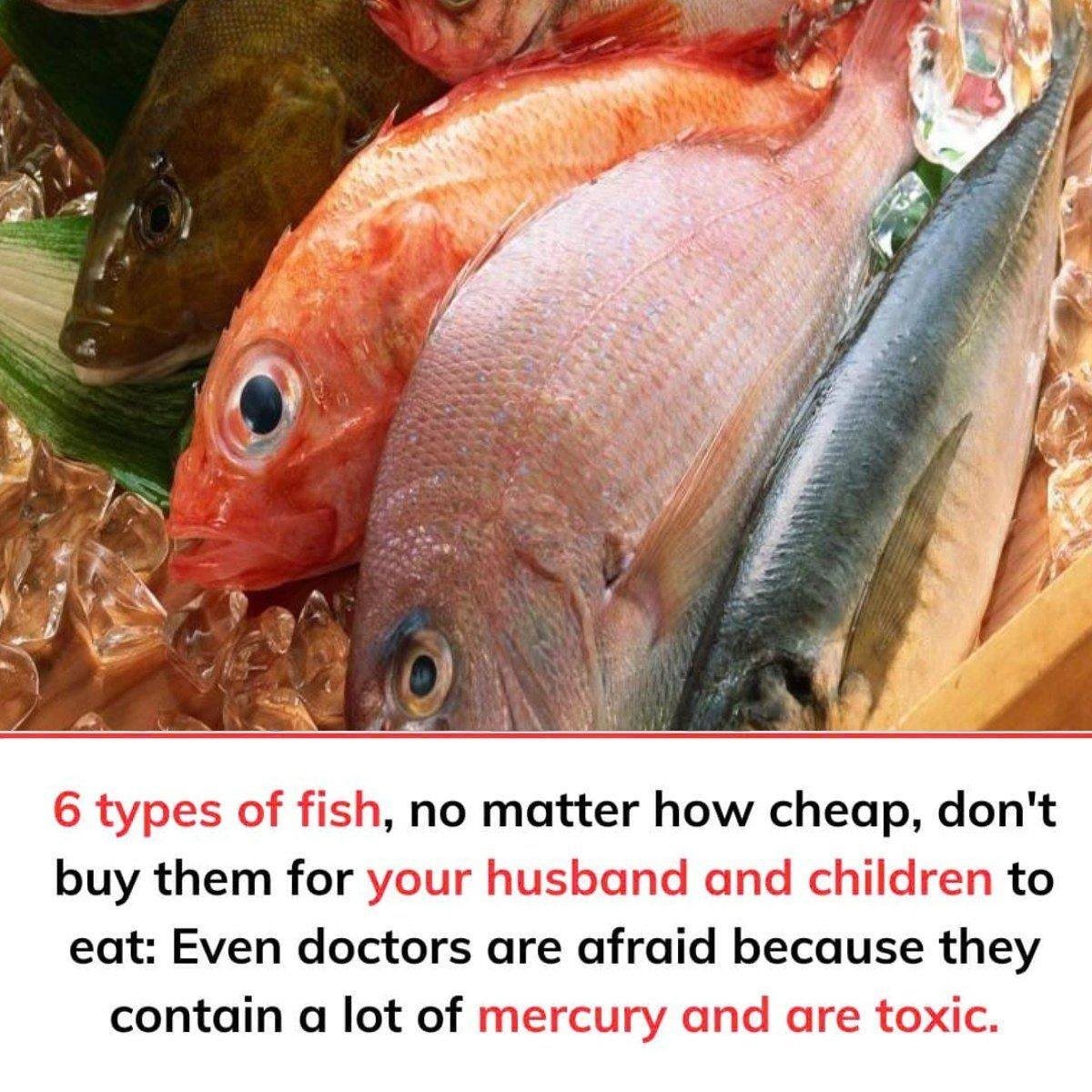ADVERTISEMENT
### **What Is Mercury and Why Is It Dangerous?**
Mercury is a heavy metal that occurs naturally in the environment, but human activities such as industrial emissions, mining, and burning of coal have led to a significant increase in mercury levels in the air, water, and soil. Over time, mercury accumulates in bodies of water and gets absorbed by fish and other aquatic life. The toxic form of mercury, known as **methylmercury**, is particularly harmful to humans and animals.
When humans consume fish or seafood contaminated with methylmercury, the toxin enters the bloodstream and can cause a wide range of health issues, including:
1. **Neurological Damage**: Mercury can affect the nervous system, leading to cognitive impairments, tremors, mood swings, and difficulty concentrating. It is especially harmful to developing brains in fetuses, infants, and young children.
2. **Kidney Damage**: Mercury can damage the kidneys, affecting their ability to filter waste and toxins from the body.
3. **Heart Problems**: High levels of mercury have been linked to an increased risk of cardiovascular issues, including hypertension and arrhythmias.
4. **Immune System Dysfunction**: Prolonged exposure to mercury can weaken the immune system, making it harder for the body to fight infections.
Given these serious health risks, it’s crucial to be mindful of the fish you buy and consume, particularly when it comes to those with high mercury content.
### **How Does Mercury Accumulate in Fish?**
Mercury accumulates in fish through a process known as **bioaccumulation**. When small fish and organisms in the water ingest mercury from contaminated water or food sources, the mercury accumulates in their bodies. Larger fish that eat smaller fish then accumulate even higher concentrations of mercury. This process continues up the food chain, which is why top predators like large fish tend to have the highest mercury levels.
Mercury levels in fish are typically measured in parts per million (ppm), and the Environmental Protection Agency (EPA) and the Food and Drug Administration (FDA) have established safe limits for mercury consumption. The higher up a fish is in the food chain, the more mercury it is likely to contain.
### **Fish With High Mercury Levels: 6 to Avoid**
While many types of fish are safe to eat in moderation, certain species tend to have alarmingly high mercury levels. Below, we’ll take a closer look at six fish that are particularly toxic due to their high mercury content and why you should avoid them.
#### 1. **Shark**
Shark is one of the fish most commonly associated with dangerously high levels of mercury. As a large predator at the top of the food chain, sharks accumulate significant amounts of mercury from their prey. The long lifespan of sharks also allows mercury to build up in their bodies over time, resulting in high concentrations.
Shark meat has been shown to contain mercury levels that far exceed safe limits set by health authorities. Eating shark meat regularly can put you at risk for mercury poisoning, which can affect the nervous system and overall health. Pregnant women, nursing mothers, and young children are especially vulnerable to the toxic effects of mercury exposure, so it is best to avoid shark meat altogether.
**Mercury Content**: Shark meat can contain mercury levels as high as 1.0-1.5 ppm, which is far above the FDA’s recommended limit for mercury in fish (0.1 ppm).
#### 2. **Swordfish**
Swordfish is another large predatory fish that accumulates high levels of mercury due to its position at the top of the food chain. These fish live for many years and grow to large sizes, allowing mercury to build up over time.
While swordfish is known for its firm, meaty texture and is often considered a delicacy, it is one of the worst offenders when it comes to mercury contamination. As with shark, swordfish should be avoided, especially by pregnant women, young children, and people with compromised immune systems.
**Mercury Content**: Swordfish can contain mercury levels ranging from 0.9 to 1.0 ppm, well above the FDA’s recommended limits.
For Complete Cooking STEPS Please Head On Over To Next Page Or Open button (>) and don’t forget to SHARE with your Facebook friends
